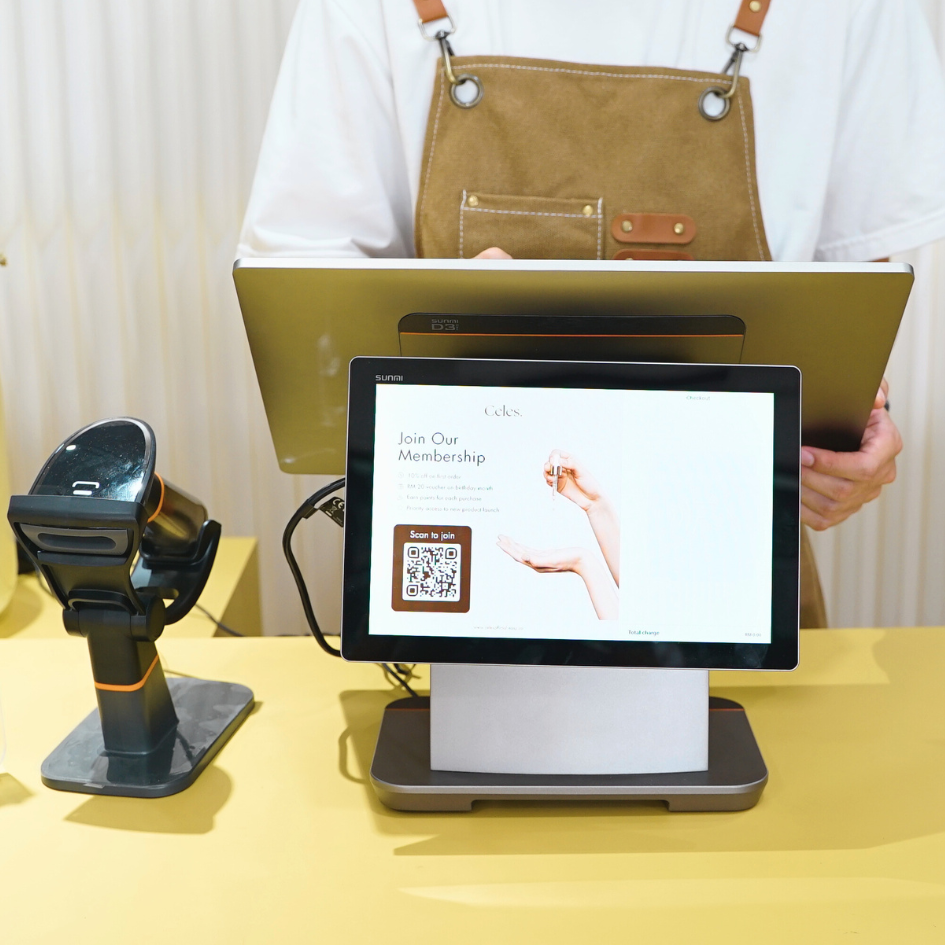Why Retailers Struggling with Ecommerce Should Consider Unified Commerce
By Frost Chen · 5th November, 2023

In the digital age, many traditional retailers have made the leap to embrace ecommerce, hoping to capture the booming online market. However, not all have found success. The problem isn't necessarily ecommerce itself but the approach.
Pure e-commerce might not be the answer for every retailer. Instead, the concept of unified commerce offers a promising alternative. Let's dive into why.
超過 50,000 個全球品牌透過顧客整合體驗加速線下零售及電商的業務增長
立即試用The Ecommerce Challenges
Transitioning from a brick-and-mortar setup to a purely online model can be fraught with challenges:
- Lack of Physical Interaction: Retailers lose the opportunity for face-to-face customer interaction, which was their primary strength.
- Increased Competition: Online, retailers aren't just competing with local stores but with global giants.
- Operational Overheads: Managing logistics, returns, and online customer service can be overwhelming.
Unified Commerce: Bridging the Gap
Unified commerce doesn't ask retailers to choose between online and offline; it merges the two for a cohesive customer experience. Here's how it amplifies traditional retail strengths:
- Leveraging Physical Stores: Unified commerce transforms physical stores into experience centers or pickup points for online orders, adding value to the brick-and-mortar setup.
- Centralized Data: Retailers gain a 360-degree view of their customers. Whether a purchase is made in-store or online, it's all under one unified system.
- Personalized Experiences: With data from all touchpoints, retailers can offer tailored recommendations, enhancing customer loyalty.
Unified Customer Experience
Unified Commerce provides a Unified Customer Experience (UCX). Here's what that means for retailers:
- Consistent Branding: Whether a customer is shopping in-store, on a mobile app, or online, they encounter consistent branding and messaging.
- Multiple Sales Channels: Customers can buy online and pick up in-store, or vice versa. This flexibility boosts sales and convenience.
- Empowered Staff: With access to unified data, in-store staff can provide insights and recommendations based on a customer's online behavior.
Conclusion: Amplify, Don't Abandon
For traditional retailers, the key isn't to abandon what they're good at but to amplify it. Unified Commerce allows retailers to offer the best of both worlds, combining their strengths in physical retail with the vast potential of ecommerce.
By adopting a unified approach, retailers can ensure they're not just following a trend but are paving the way for a sustainable, customer-centric future.
想了解最新 EasyStore 顧客整合體驗的解決方案?
立即預約最新文章
-

Top 5 POS System in Malaysia
By Cavan Koh · 20th Dec, 2024
-

5 Things that will Surprise Customers Inside EasyStore Shopping App
By Cavan Koh · 20th Dec, 2024
-

Customer Experience vs Customer Service: Whats The Difference?
By Cavan Koh · 16th Dec, 2024
-

5 Examples of Successful Loyalty Programs in 2024
By Cavan Koh · 15th Dec, 2024
-

November 2024 Product Updates
By Cavan Koh · 8th Dec, 2024
-

Build A Free Shopping App: Customers Shop On-the-go
By Kelie Wong · 25th Nov, 2024
